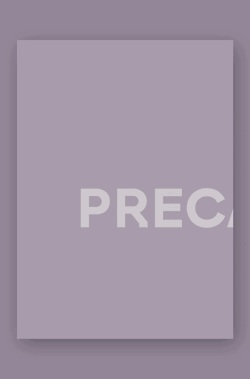In Common I
Collective Spaces
a+t 25
ISSN 1132-6409
2005
English/Spanish (23.5 x 32 cm)
160 Pages
The In common series attempts:
- To interpret urban space within landscape as an extended field, a field between architecture and landscape, a field on which architects and landscape designers agree.
- To comprehend that public space is vulnerable, uncontrolled and diverse, and that its capacity for social integration stems precisely from these characteristics.
- To admit that spontaneous appropriation of spaces by citizens is a legitimate form of urban design.
- To confirm the capacity of public spaces as regenerators of urban centres, giving birth to renewed civic activity.

...An investigation regarding public and open spaces is intimately tied to an understanding of landscape. Historically, architecture has held the aspiration of standing out, as a demonstration of the presence of culture or society facing nature, with a certain respect. Although forms have changed over time, the idea of architecture as something finished, solid and symbolic persists. Within this mindset, architecture represents a bastion of reason set against a wild and unpredictable nature. Buildings are seen as the primary building block of a city set against an implicitly innocent and natural landscape. The opposition of organic and rational which defines the history of architecture and landscape has also described relationships between the different disciplines. It is in unhinging this opposition, which for many architects and landscape architects has opened up a potential for emerging landscapes, urban structures and architecture, as well as their materiality – and in doing so new notions of public space. Operating in an “Expanded Field” takes note of the contribution of Rosalind Krauss, in situating sculpture within a contemporary cultural milieu. Krauss challenged notions of the autonomy of sculptural work, in her essay “Sculpture in the Expanded Field”. In turn, by investigating a contemporary concept of landscape, this article identifies a challenge to architecture’s own autonomy and investigates how practices are attempting to position and materialise it within an expanded field...






































 I've read and agree to
I've read and agree to 


